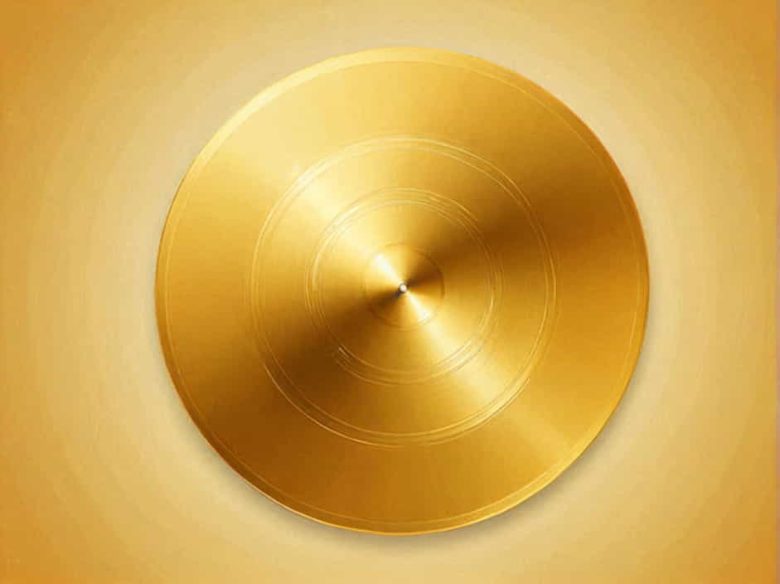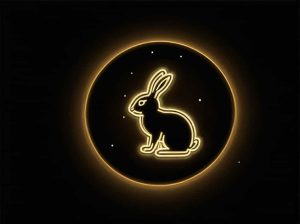The Voyager Golden Record is one of humanity’s most ambitious attempts to communicate with potential extraterrestrial life. Launched aboard the Voyager 1 and Voyager 2 spacecraft in 1977, this golden phonograph record contains a carefully curated collection of sounds, music, images, and messages representing the diversity of life and culture on Earth. Designed to last for billions of years, it serves as a time capsule of human civilization.
But what exactly is on the Voyager Golden Record, and why was it created? This topic explores its contents and significance.
The Purpose of the Voyager Golden Record
NASA scientists, led by astronomer Carl Sagan, designed the record as a greeting from Earth to any intelligent life forms that might find it. Since the Voyager spacecraft are traveling beyond our solar system, they could one day be intercepted by an alien civilization. The Golden Record offers a glimpse of Earth’s culture, nature, and humanity.
What Is on the Voyager Golden Record?
The Golden Record contains a variety of sounds, images, and messages that reflect the richness of life on Earth. It is divided into three main sections:
1. Greetings in 55 Languages
The record starts with spoken greetings in 55 different languages, from ancient languages like Akkadian to modern ones like English and Mandarin. These short messages express goodwill and welcome to any potential extraterrestrial listeners.
2. Sounds of Earth
This section includes a mix of natural and human-made sounds, such as:
- Thunder, wind, and rain – Representing Earth’s natural environment.
- Animal calls – Including the sounds of whales, birds, and elephants.
- Heartbeat and laughter – Capturing the essence of human life.
- Tools and machines – Representing human civilization and technology.
3. Music from Around the World
One of the most remarkable features of the Golden Record is its diverse collection of music, showcasing different cultures and time periods. Some of the tracks include:
- Johann Sebastian Bach – Brandenburg Concerto No. 2 (Classical music)
- Ludwig van Beethoven – Symphony No. 5 (Western classical music)
- Chuck Berry – Johnny B. Goode (Rock and roll)
- Traditional Japanese shakuhachi music
- Peruvian pan flute melodies
- Senegalese percussion music
4. 115 Images Depicting Life on Earth
The record also contains 115 encoded images, covering a wide range of topics:
- Human anatomy – Illustrations of male and female figures.
- Nature and wildlife – Photos of plants, animals, and landscapes.
- Science and mathematics – Diagrams explaining fundamental concepts like DNA structure and the solar system.
- Cultural life – Images of people eating, playing, and working.
5. Scientific and Mathematical Information
To help extraterrestrial beings understand the record, NASA included diagrams and instructions that explain:
- How to play the record
- The location of Earth in the galaxy
- Basic mathematical principles
How Was the Voyager Golden Record Made?
The record is made of gold-plated copper, designed to last for billions of years in the harsh conditions of space. The cover features a coded message, including:
- A pulsar map showing Earth’s location.
- A symbol for hydrogen, the most abundant element in the universe.
- A playback diagram, explaining how to interpret the sounds and images.
Where Is the Voyager Golden Record Now?
Both Voyager 1 and Voyager 2 are now beyond our solar system, traveling through interstellar space. Voyager 1 is the farthest human-made object from Earth, carrying the Golden Record as a message for any potential alien civilizations it might encounter.
Will Aliens Ever Find the Voyager Golden Record?
The chances of an extraterrestrial civilization discovering the record are extremely low, but it remains a powerful symbol of human curiosity and our desire to connect with the universe. Even if no one ever finds it, the Golden Record represents a hopeful message of unity, knowledge, and exploration.
The Voyager Golden Record is a remarkable achievement, capturing the essence of life on Earth in sound, images, and science. Whether or not it is ever discovered, it remains a symbol of human creativity, culture, and our endless quest to explore the cosmos.



